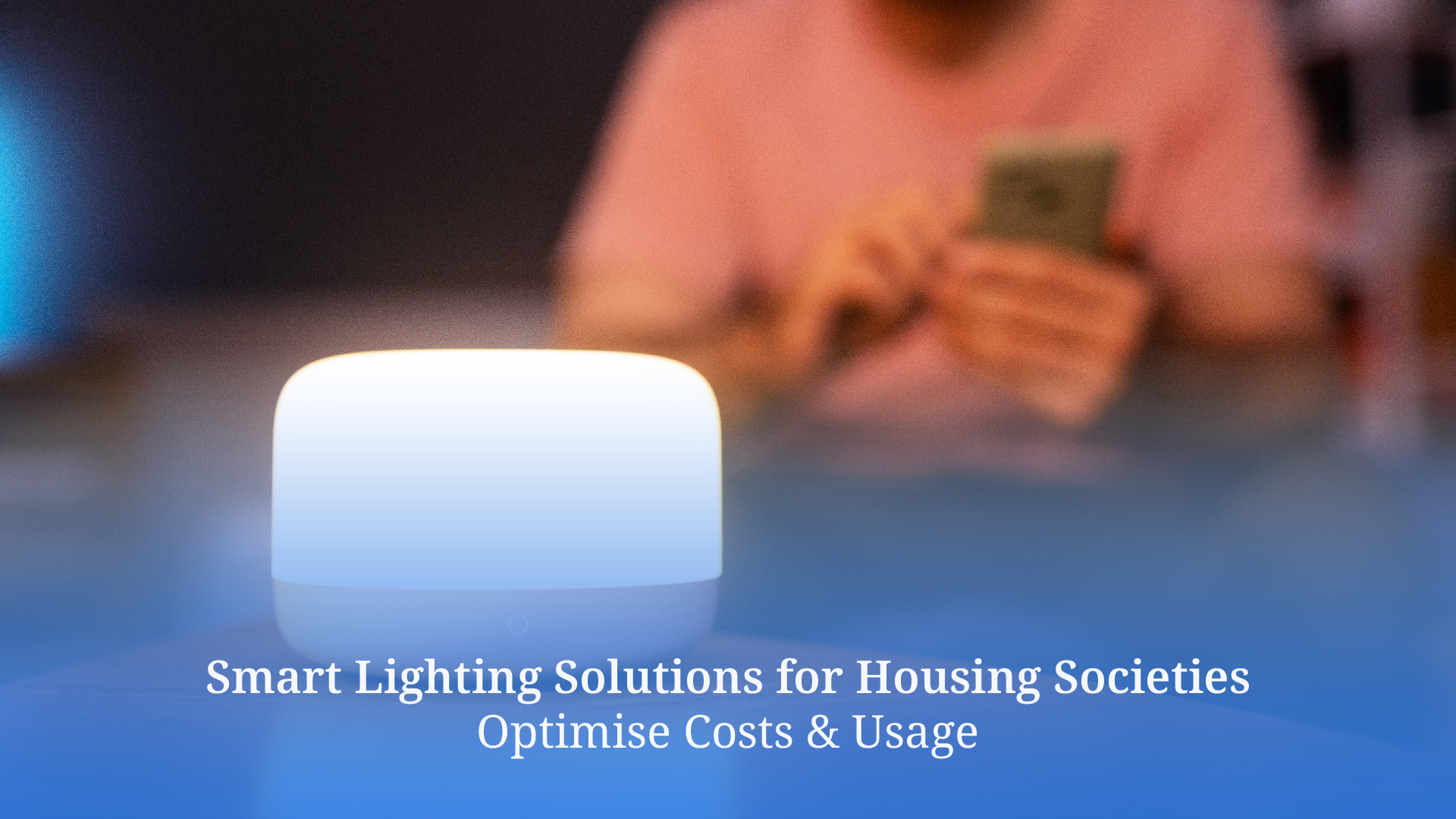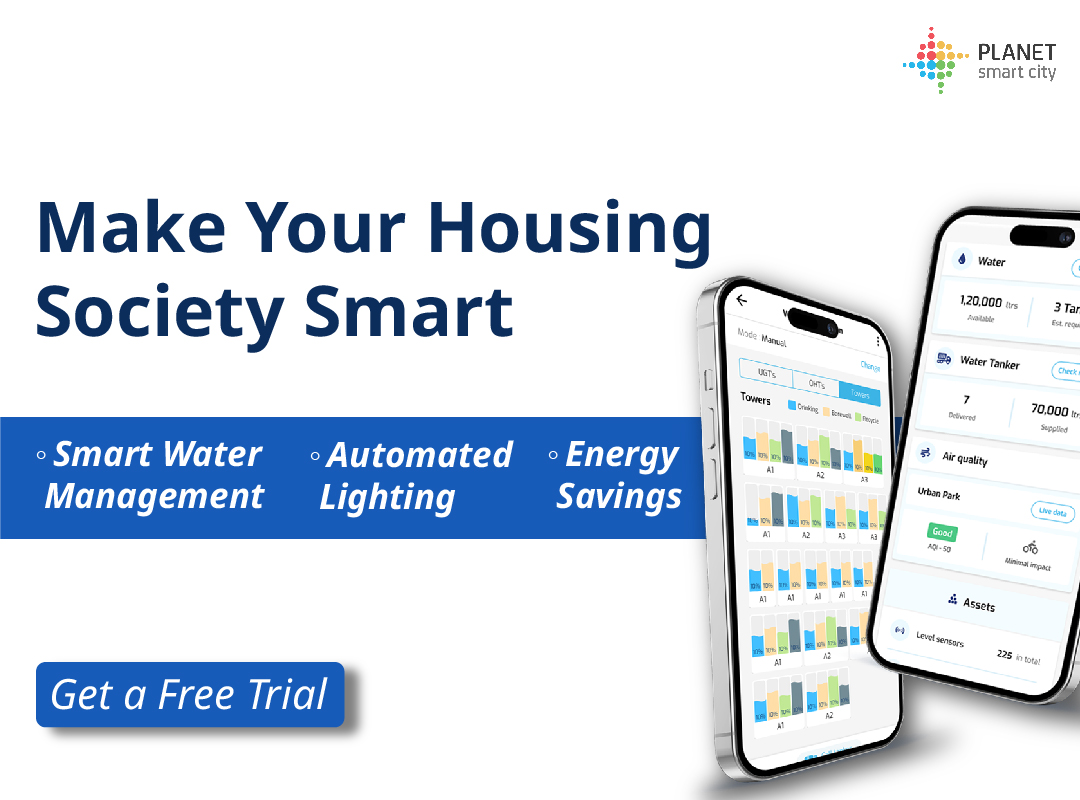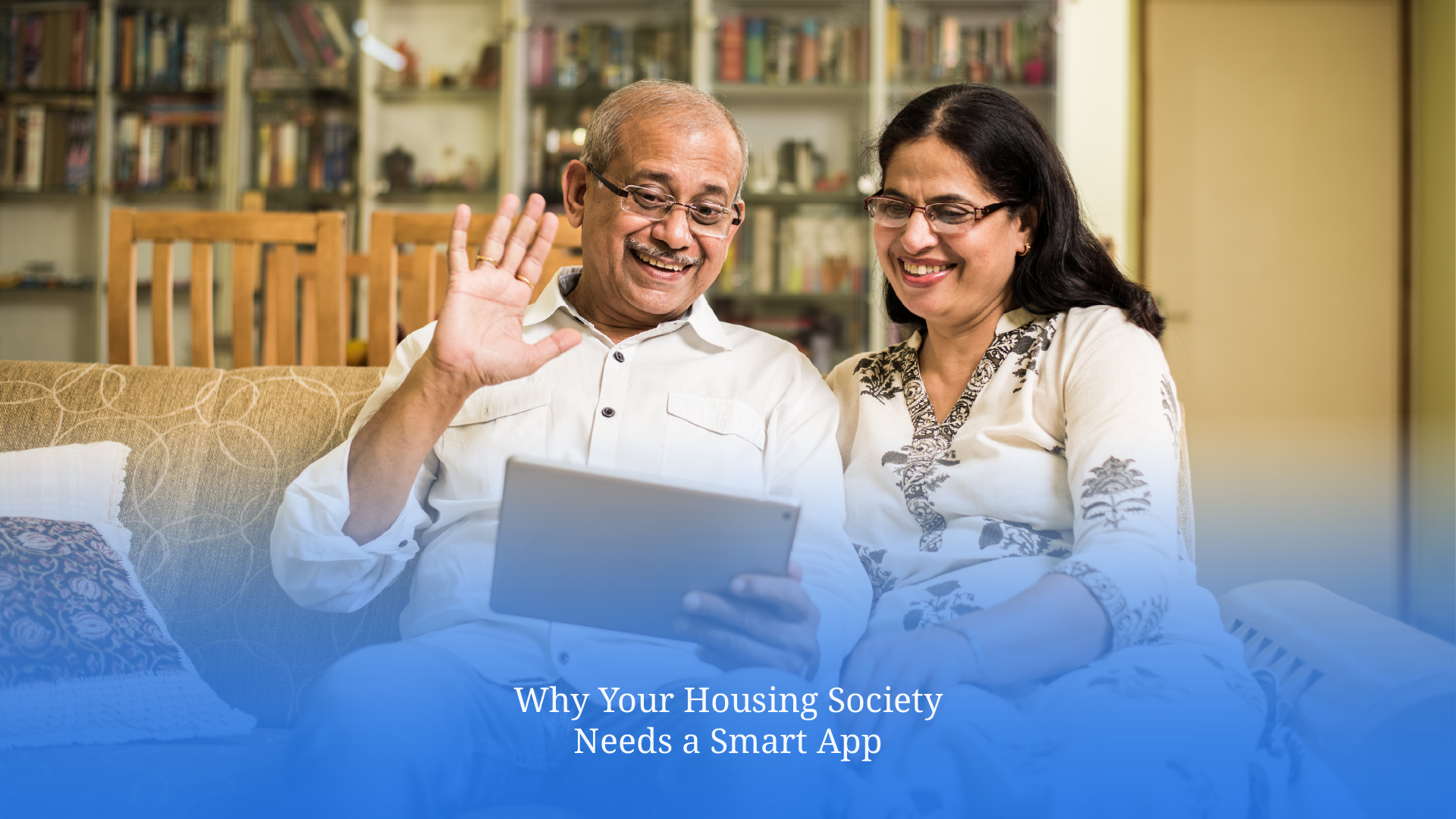Smart Lighting Solutions for Housing Societies: Optimise Costs & Usage

In many housing societies today, the challenges around lighting are growing steadily. These include increased electricity bills, rising maintenance expenses, unnecessary energy waste, and security concerns in poorly lit areas. Traditional lighting systems often fail to offer the flexibility or efficiency needed in modern residential environments. This is where intelligent lighting solutions step in! By embracing smart lighting technologies, housing societies can drastically reduce operational expenses. Moreover, it also ensures greater safety across shared spaces.
What Are Smart Lighting Solutions?
Smart lighting solutions refer to advanced lighting systems. These are automated, sensor-enabled, and often connected via the Internet of Things (IoT). Such systems allow for remote control, automated scheduling, and adaptive brightness—ensuring lights are used only when and where needed.
Additionally, through a smart lighting management system, societies can gain full visibility and control over lighting across common areas. These include stairwells, corridors, gardens, and parking zones. Along with the saved costs, this level of automation helps in creating energy-efficient and future-ready communities.


Motion-Sensing Lights: A Smart Lighting Solution
Among the most effective implementations of smart lighting are motion-sensing lights. These lights operate by detecting movement. They automatically switch on when residents pass by and switch off when the area is unoccupied.
In the context of residential lighting automation, motion sensors are particularly useful for areas with sporadic footfall—like walkways, lifts, and basements. They ensure lighting is active only when necessary, reducing unnecessary usage. These measures contribute to prolonging the lifespan of bulbs and fixtures.
These intelligent solutions form a key component of IoT lighting control. After all, they seamlessly integrate with centralised platforms. These allow housing committees or facility managers to monitor energy use and performance metrics in real time.
Key Benefits of Common Area Lighting Automation
By embracing automation, housing societies can optimise their lighting in a way that is not only cost-efficient but also aligned with real-world usage patterns. Let’s look at these advantages that go far beyond basic illumination:
-
Reducing High Electricity Bills
Common areas in housing societies, when lit continuously, can consume a significant amount of electricity. With outdoor lighting automation powered by motion sensors and timers, usage is aligned with actual activity. This targeted approach can lead to measurable reductions in monthly energy bills. As a result, it stands out as one of the best smart light solutions for residential communities.
-
Lowering Maintenance Costs
Traditional lighting often results in frequent replacements due to overuse. In contrast, smart lighting is designed for longevity. By operating only when needed, wear and tear are reduced. This extends the life of bulbs and lowers maintenance frequency and costs. Additionally, residential lighting control systems can provide proactive alerts when a light requires servicing. This eliminates the need for manual inspections and reduces downtime.
-
Minimising Energy Wastage
One of the major advantages of smart lighting is that it reduces waste. With automation and IoT integration, lights respond dynamically to environmental conditions. Whether switching off automatically after a period of inactivity or adjusting brightness through specific configurations, smart IoT lighting solutions contribute to a more sustainable living environment. This level of precision is especially useful in larger communities. Otherwise, energy consumption can go unchecked across dozens of shared spaces.
-
Enhancing Resident Safety & Security
Well-lit spaces deter unwanted activity. Likewise, residents experience a greater sense of safety. With motion-sensing technology, entrances, car parks, and pathways can light up instantly when someone approaches—removing the need for lights to stay on all night. Such proactive systems improve visibility. It also contributes to better surveillance through integrated security systems.
-
Improving Resident Experience and Convenience
Automated lighting systems eliminate the need for manual switches. This allows residents to move effortlessly through communal spaces. The enhanced experience boosts resident satisfaction. As a result, smart lighting has become a key feature of modern housing society infrastructure. With lights that adjust to human presence or programmed light levels, the environment becomes more responsive and intuitive.
Implementing Smart Lighting Solutions with Planet Smart City
At Planet Smart City, we understand the transformative potential of smart infrastructure in residential communities. That’s why we offer two powerful solutions designed to help automate and optimise lighting operations.
-
Smart Lighting System
This centralised solution enables automated scheduling based on sunset and sunrise times. Additionally, facility managers gain full remote control over common area lighting. Societies can track performance through detailed dashboards, receive real-time alerts, and access energy usage reports. By providing actionable insights, our system empowers data-driven decisions and reduces wastage.
-
Motion-Sensing Lights
Ideal for areas with intermittent footfall, these lights activate only when movement is detected and switch off when idle. Built for durability and minimal upkeep, they deliver reliable performance. The best part? They also contribute to lower energy consumption, supporting broader sustainability efforts.
These solutions make light management simple and efficient for housing societies. Whether you’re upgrading an old system or setting up a new one, our lighting solutions will help you save energy, cut costs, and support your sustainability goals.




